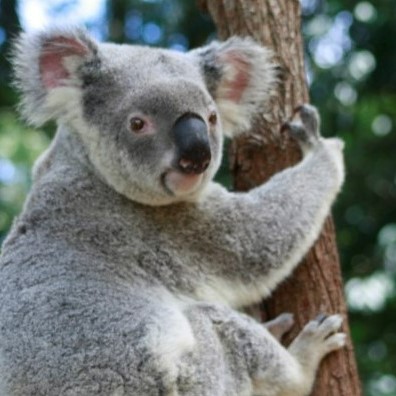A new short course is offering the chance to join a global online classroom for a deep dive into the amazing world of animals – and to better understand the impact we are having on their lives.
The four-week Life on Land course has been developed by the University of the Sunshine Coast to explore the animal kingdom’s diverse species and how they have adapted to survive.
It draws on UniSC’s global expertise in this field, with the University currently placed in the top three percent for Life on Land in the Times Higher Education (THE) Impact Rankings that assess the success of the world’s universities in addressing the United Nations’ 17 Sustainable Development Goals.
Life on Land is offered through FutureLearn, a global social learning platform that delivers online study from the world’s leading universities.
Across four hours each week of interactive, self-directed study, participants across the globe can develop research and analytic skills to better understand the animals who live on land and learn ways to measure and minimise human impact.
Presenters include UniSC’s global leaders in animal ecology, led by Dr Christofer Clemente who specialises in the relationship between form, function and the ecology of living and extinct animals.
“We will introduce participants to the amazing adaptations and life histories of world’s terrestrial animals who rely on both land and the sea for their survival,” Dr Clemente said.
Topics include ecology and biodiversity as a key to maintaining the ecosystems in a changing world, the form and evolution of different species and the challenges animals face from human impacts to survive and thrive in cities – from sourcing food to finding love.
“And finally, we’ll explore some solutions to these challenges, including ways scientists and non-scientists can contribute to research and conservation,” Dr Clemente said.
As well as famous Australian mammals such as the koala and kangaroo, the course introduces other lesser known, intriguing native animals, and explores the threats faced by endangered tigers, orangutans and rhinoceroses in the tropical rainforests of Southeast Asia.
“Presenters will also lead participants on a journey to examine how human behaviour exacerbates climate change to help people to unpack these negative impacts to gain a deeper understanding of how we affect life on land.
“They can use the knowledge they gain to pursue opportunities in diverse fields such as environmentalism, business, education, finance, and eco-tourism.”
For those interested in gaining a greater understanding of the world’s marine life, UniSC also offers a ‘Life below Water’ short course through FutureLearn. Details here.
Related articles

As strong as a feather: New insights into optimal muscle design
19 SepAre the biggest and most bulging calf muscles necessarily the most powerful? The scientists behind new research into muscle architecture say it’s not the size of a muscle that delivers the most force, but rather its layout – in particular, a feathered layout called “pennate”
Media enquiries: Please contact the Media Team media@usc.edu.au

